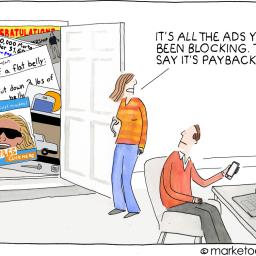Google plans to merge Chrome OS and Android
Chromebooks have been wildly popular on Amazon. But what will happen to them if Google merges Chrome OS and Android? Rumors have been circulating for quite some time that Google would someday combine Chrome OS and Android, and now it looks like that might happen sooner than anybody expected. A new report indicates that the merge of the two mobile operating systems may happen by 2017.
This move make a great deal of sense. Android and Chrome OS are Linux-based operating systems, which support apps in different ways but share the same foundation. Android forms its own distribution family, while Chrome OS is based on Gentoo Linux.
Both have their own strengths they could bring to a merged smartphone, tablet, and desktop operating system. Android, which runs on more than a billion devices, is the single most popular end-user operating system, with more than 1.6 million apps. Chrome OS has shown that Web-based apps are sufficient enough for many desktop users. In addition, Android is plagued with multiple versions that are very difficult to upgrade.
It makes sense now to explore with mobile devices becoming the primary device. There are opportunities to provide an open platform for both mobile and desktop. This is already happening. Examples of this direction include Chromecast running on a version of Android and the new Pixel C Android tablet.
The actual release date is still over a year in the future. The combined "Android Chrome OS" won't ship until 2017.
http://www.itworld.com/article/2999551/android/google-plans-to-merge-chrome-os-and-android.html
This move make a great deal of sense. Android and Chrome OS are Linux-based operating systems, which support apps in different ways but share the same foundation. Android forms its own distribution family, while Chrome OS is based on Gentoo Linux.
Both have their own strengths they could bring to a merged smartphone, tablet, and desktop operating system. Android, which runs on more than a billion devices, is the single most popular end-user operating system, with more than 1.6 million apps. Chrome OS has shown that Web-based apps are sufficient enough for many desktop users. In addition, Android is plagued with multiple versions that are very difficult to upgrade.
It makes sense now to explore with mobile devices becoming the primary device. There are opportunities to provide an open platform for both mobile and desktop. This is already happening. Examples of this direction include Chromecast running on a version of Android and the new Pixel C Android tablet.
The actual release date is still over a year in the future. The combined "Android Chrome OS" won't ship until 2017.
http://www.itworld.com/article/2999551/android/google-plans-to-merge-chrome-os-and-android.html


